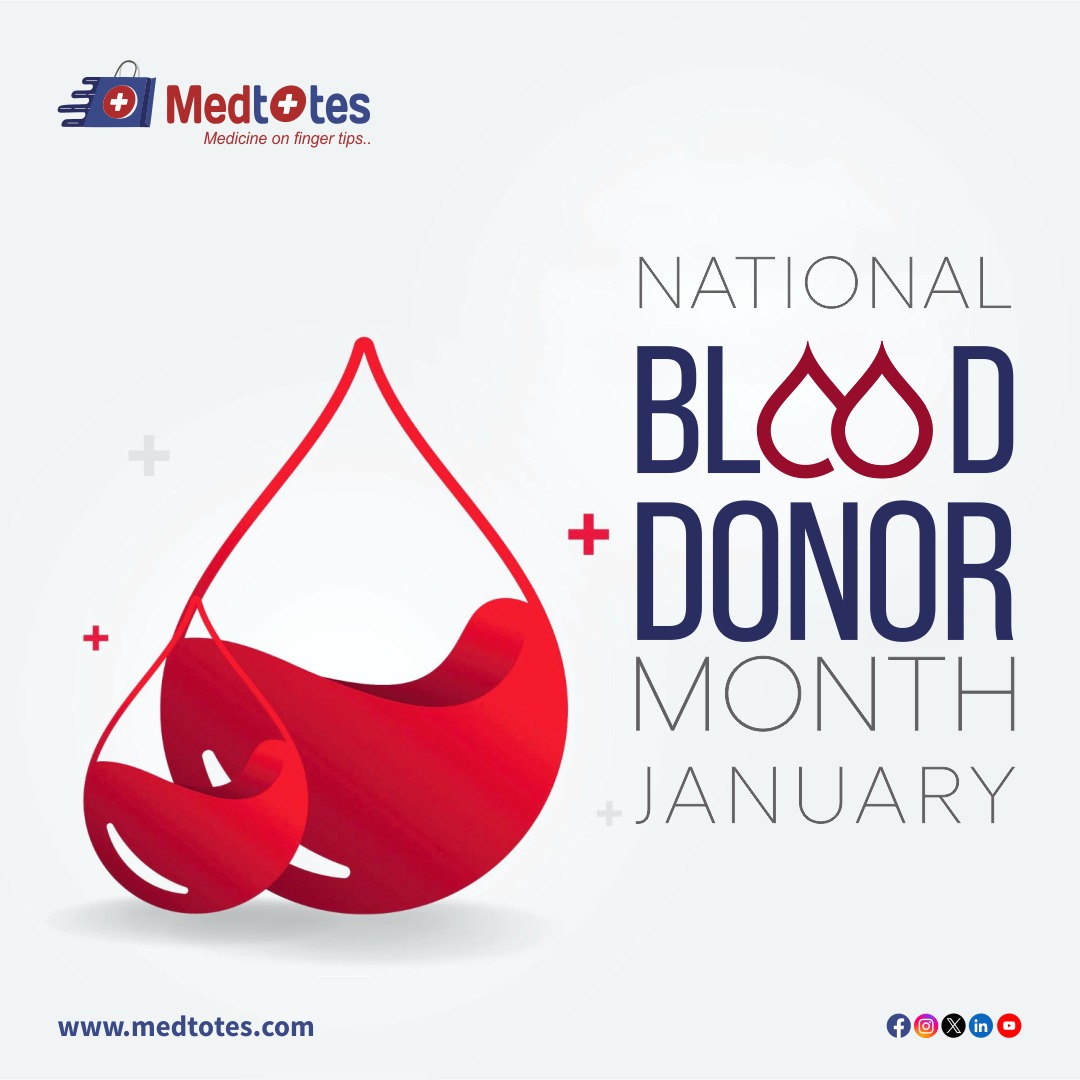I. Introduction
National Blood Donor Month is observed in January that emphasizes the importance of blood donation and encourages more people to donate. It serves as a reminder of the constant need for blood and the selflessness of blood donors in the healthcare system. This blog post will explore the benefits of blood donation, its process, and common misconceptions, aiming to inspire more individuals to become regular blood donors and contribute to this life-saving cause. The goal is to raise awareness about the selflessness of blood donors and their vital role in the healthcare system.
II. The Importance of Blood Donation
- Blood donation is a vital aspect of healthcare, providing a steady supply of blood for medical emergencies, surgeries, and patients with chronic illnesses.
- Patients with blood disorders or those undergoing surgeries heavily rely on donated blood for their survival.
- By donating blood, individuals directly contribute to the well-being and recovery of these patients, ensuring they receive life-saving treatments.
- Blood donation also benefits the donor’s health by stimulating the bone marrow to produce new, healthy cells, maintaining a healthy balance of iron, and reducing the risk of cardiovascular diseases like heart attacks and strokes.
- In essence, blood donation not only saves lives but also promotes the well-being of the donor.
III. Encouraging Blood Donation
- Emphasize the importance of regular blood donation and its impact on the community.
- Promote local blood drives and events where individuals can donate.
- Highlight the ease and convenience of the donation process, including eligibility criteria and scheduling appointments.
- Share the success stories of individuals whose lives have been saved through blood transfusions.
- Encourage individuals to spread the word and educate others about the benefits of blood donation.
Blood donation is a crucial process that requires individuals to meet specific eligibility criteria, such as good health, weight at least 110 pounds, and age at least 17 years. It takes only 10 minutes. There are different types of blood donations, including whole blood donation, platelet donation, and plasma donation. Whole blood donation involves collecting a pint of blood for surgeries, emergencies, and treating medical conditions. Platelet donation separates platelets from blood, helping patients with bleeding disorders or chemotherapy. Plasma donation collects the liquid part of blood for life-saving medications.
IV. Conclusion
National Blood Donor Month emphasizes the importance of blood donation in saving lives. Donations can be used for surgeries, bleeding disorders, and collecting plasma for life-saving medications. Supporting this cause and encouraging others to donate blood can save numerous lives. Every drop counts, and every act of donating blood can make a world of difference. ” Let’s give the gift of life and create a ripple effect of compassion, saving countless lives together.
Download our app: https://bit.ly/3tkQkFy

